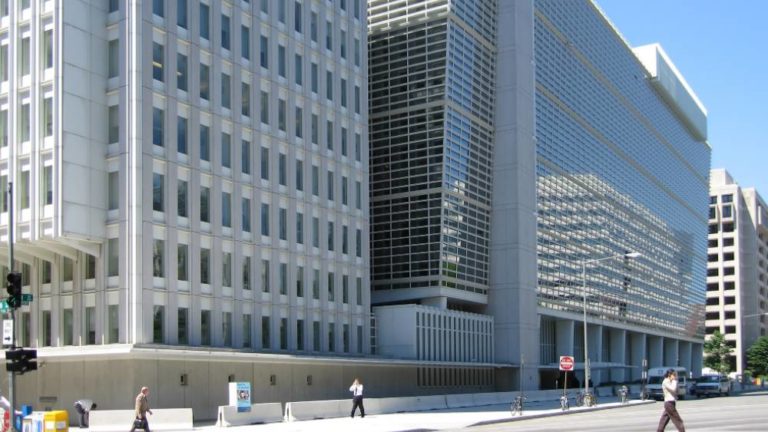After a series of downward projections in recent months due to global turmoil the World Bank has raised its FY23 growth forecast for India by 40 basis points to 6.9%. It has cited several reasons like economy’s relative resilience to external headwinds and the strong growth out-turn in the September quarter. The Bank had trimmed its growth forecast for India in October to 6.5% from 7.5%. It also revised up its FY24 forecast for the country by 10 basis points to 6.6%.
The International Monetary Fund has predicted 6.8% growth for India in FY23, and most independent agencies expect it to be between 6.6% and 7%. Chief economic advisor V Anantha Nageswaran last week said the growth in the current fiscal could touch 6.8-7%. Meanwhile, global rating agency Fitch has retained its growth forecast for the country at 7% for FY23. However, it has revised down the FY24 forecast for India by 50 basis points to 6.2%.
In its India Development Update, the World Bank also stated that the Centre is poised to meet its fiscal deficit target of 6.4% of the GDP for FY23, thanks to robust revenue collections. The public debt will likely drop to 84.3% of GDP in FY23 from a peak of 87.6% in the pandemic year (FY21), it said.
Auguste Kouame, World Bank’s country director in India, said: “India’s economy has been remarkably resilient to the deteriorating external environment, and strong macroeconomic fundamentals have placed it in good stead compared to other emerging market economies. India’s relative resilience also owes much to the domestically-focused nature of its economy, which is less exposed to external trade. Policy reforms and prudent regulatory measures have also played a key role in developing resilience in the economy.”
The report stated that India also remains affected by spillovers from the US, Euro area and China. It revealed that 1 percentage point decline in growth in the US is associated with a 0.4 percentage point fall in India’s growth; of course, the effect is around 1.5 times larger for other emerging economies.
“The slowdown in advanced economies (AEs) could also position India as a more attractive alternative investment destination. The government is also expected to introduce new production-linked investment incentives and fiscal measures to encourage foreign investment in various sectors of the economy,” the Bank said.
















